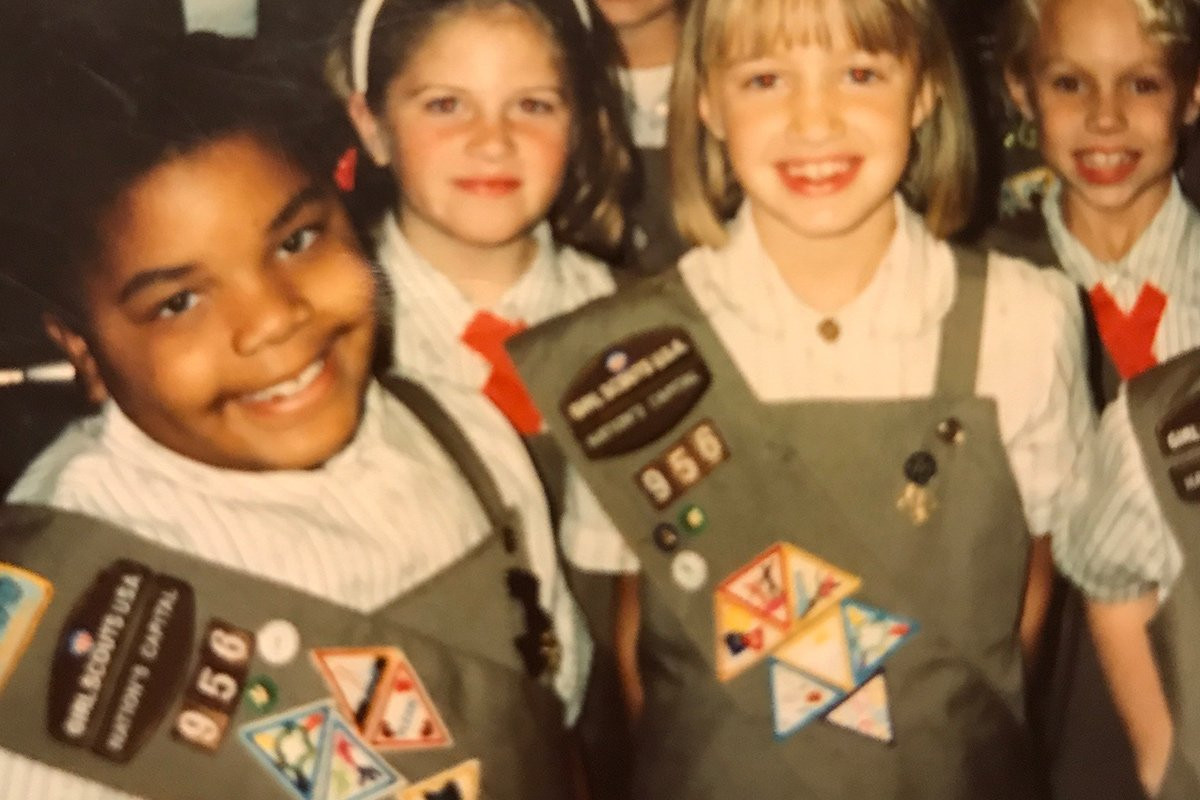Afterschool Works, and We Can’t Afford to Lose It

I spent a lot of after-school time still at school. While some kids headed home, I often stayed. Both of my parents worked, and my dad was in the Air Force, so sometimes staying after school was a necessity, and sometimes it was because I wanted to. In that time, I got homework help from local college students, participated in Girl Scouts, learned I wasn’t particularly good at sports and, as I got older, found my love of theater and learned the intricacies of Lincoln-Douglas debate.
Afterschool activities gave me an outlet for my creativity and helped me discover the skills that have driven my career and passions. Aspects of theater, like characterization, influenced my love of writing. I pushed through the initial difficulty of debate to succeed in gaining public and persuasive speaking skills that connect directly to my current career.
All of this happened in afterschool. It was a safe space, a place of exploration where I found activities that still bring me joy today.
Afterschool worked for me, and I’m not the only one. On average, kids in the US spend seven hours a week in afterschool programs. In fact, lots of Burnessers have benefited from afterschool.
When Julie was in elementary school, she attended a two-week summer program focused entirely on STEM. There, kids built rockets, used microscopes and made cotton candy. Afterschool showed Julie the wide range of things around us that inspire scientific thinking. Science isn’t just bacteria and things you can’t see; it is rockets, investigation and, most important, cotton candy!
Afterschool also worked for Tyler. When he was in middle and high school, he participated in service-learning afterschool programs. He connected to his community by volunteering at a local soup kitchen and a senior living center. These activities jumpstarted his passion for giving back through service.
Right now, afterschool is working for Ben's daughter Juliet. She says her hip hop dance class helps build her confidence and calms her down if she’s had a rough day. It's a place where she can “just be me.”
The message is clear: Afterschool works.
Every day, more than 10 million children and youth go to afterschool programs around the US. The program offerings vary, but they have one thing in common: they work. They help parents keep their jobs, make our communities safer and, most of all, help kids across America achieve their dreams.
Right now, these critical programs are at risk. Funding for 21st Century Community Learning Centers, which provide afterschool and summer learning opportunities in every state, is in question for FY18. This means that more than a million families could lose programs, and their kids would be left with no place to go after school lets out.
Afterschool worked for me, and it’s working for millions of kids and families nationwide. It is something we simply can’t afford to lose.
Learn more and take action with this tool from the Afterschool Alliance, which shows you how budget cuts will affect afterschool programs in your state.